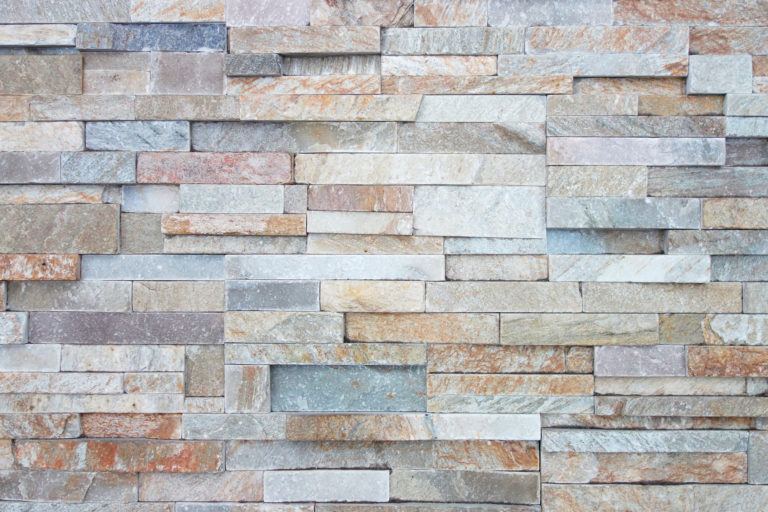
Quick Tips
Limestone is beautiful. Until it isn’t. One day, it’s a pristine, light-reflecting masterpiece. The next, it’s a stained, dull, lifeless slab that looks like it belongs in a forgotten tomb. The problem? Limestone is porous—like a sponge, but worse. It absorbs everything: spills, dirt, moisture, regret. And once it stains, you’re in for a battle. This isn’t granite. This isn’t ceramic. You can’t just scrub it raw and hope for the best. But with the right approach, you can keep your limestone looking like the architectural luxury it was meant to be.
Why Cleaning Limestone Matters
Limestone is a sedimentary rock primarily composed of calcium carbonate, which makes it soft, porous, and highly reactive to acids. That means your favorite DIY cleaner with vinegar? A disaster waiting to happen. Even plain water can leave marks if left to evaporate. Neglect it, and your once-elegant limestone tiles, countertops, or fireplace surround will start to erode, stain, and lose their luster. Proper cleaning isn’t just about aesthetics—it’s about preservation. If you also have marble in your home, check out How to Clean Marble for similar maintenance tips.
Essential Supplies for Cleaning Limestone
- pH-Neutral Stone Cleaner – The only kind that won’t damage your limestone.
- Warm Distilled Water – Regular tap water has minerals that can stain.
- Soft-Bristled Brush – For removing dirt without scratching the surface.
- Microfiber Cloths or Mop – Because anything rougher will leave micro-scratches.
- Baking Soda (For Stains Only) – A gentle spot treatment.
- Limestone Sealant – To protect from future staining and moisture damage.
Step-by-Step Cleaning Process
1. Remove Surface Dirt Before It Becomes an Issue
Dirt doesn’t just sit on top of limestone—it works its way in. Before you even think about using water or cleaners, dust and sweep the area. For floors, use a microfiber mop or a vacuum with a brush attachment. For countertops, a dry microfiber cloth does the trick. This removes loose debris and prevents scratches before you even start scrubbing.
2. Choose the Right Cleaner (Hint: No Vinegar, No Lemon Juice, No DIY Disasters)
You need a pH-neutral cleaner. Anything acidic will react with the calcium carbonate in the limestone and cause etching—permanent dull spots that no amount of buffing will fix. Mix warm distilled water with a small amount of stone-safe cleaner. If you don’t have one, plain distilled water works as a basic cleaner, but for deeper cleaning, invest in a good pH-balanced limestone cleaner.
3. Wipe Gently, Scrub Sparingly
Dampen a microfiber cloth with the cleaner and wipe down the surface. For floors, use a microfiber mop—never a soaking-wet one. Limestone doesn’t like excess moisture. For stubborn spots, take a soft-bristled brush and lightly scrub in circular motions. If a stain refuses to budge, move to the next step.
4. Treat Stains with a Baking Soda Poultice
A deep stain isn’t just surface-level—it’s absorbed into the stone. Mix a paste of baking soda and distilled water until it has a thick, toothpaste-like consistency. Apply it to the stain, cover it with plastic wrap, and let it sit for 24 hours. The baking soda will draw out the stain like a magnet. Wipe it away with a damp microfiber cloth, and if needed, repeat the process.
5. Rinse and Dry Immediately
Leftover cleaner or water can leave residue and streaks, so wipe the area down with a clean, damp microfiber cloth. Use a dry cloth to buff the surface and absorb excess moisture. Never let water sit on limestone—it seeps in, leaves marks, and invites mold.
6. Seal It Like You Mean It
If you want to keep your limestone looking new, sealing is non-negotiable. A high-quality limestone sealant creates a protective barrier, repelling stains and moisture. Apply it once a year (or more if your limestone is in a high-traffic area). Follow the manufacturer’s instructions and let it dry completely before using the surface again.
Additional Maintenance Tips
- Clean Spills Immediately – Limestone absorbs liquids fast, so blot, don’t wipe, as soon as a spill happens.
- Use Mats and Coasters – Protect floors with mats and countertops with coasters to prevent stains.
- No Steam Cleaners – The heat can cause the limestone to weaken over time.
- Dust Weekly, Mop Monthly – A little maintenance prevents deep-cleaning disasters.
- Reseal Annually – If water no longer beads on the surface, it’s time for another coat of sealant.
Common Mistakes to Avoid
Using the wrong cleaners is the fastest way to ruin limestone. Avoid vinegar, ammonia, bleach, or citrus-based products. Scrubbing too hard with a rough brush or scouring pad can leave scratches that dull the surface permanently. Never leave water sitting on limestone—it will seep in and cause long-term damage. And if you’re thinking about pressure-washing outdoor limestone, think again. Too much force erodes the stone, leaving it vulnerable to the elements.
Final Thoughts
Limestone is high-maintenance, but it rewards you with timeless elegance—if you treat it right. Skip the harsh chemicals, keep moisture to a minimum, and commit to regular maintenance. Follow these steps, and your limestone will age gracefully, rather than looking like an ancient ruin before its time. If you’re tackling other high-end surfaces, check out How to Clean Granite Countertops for more expert cleaning advice.